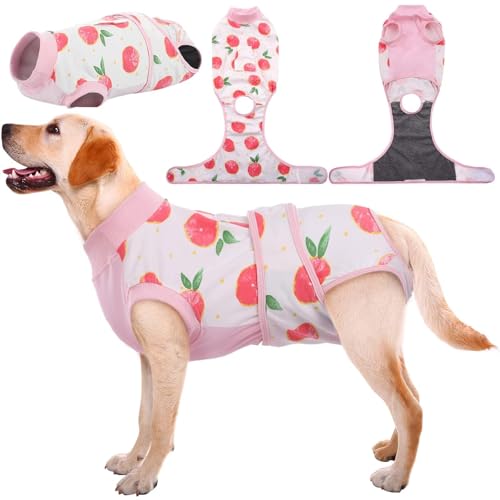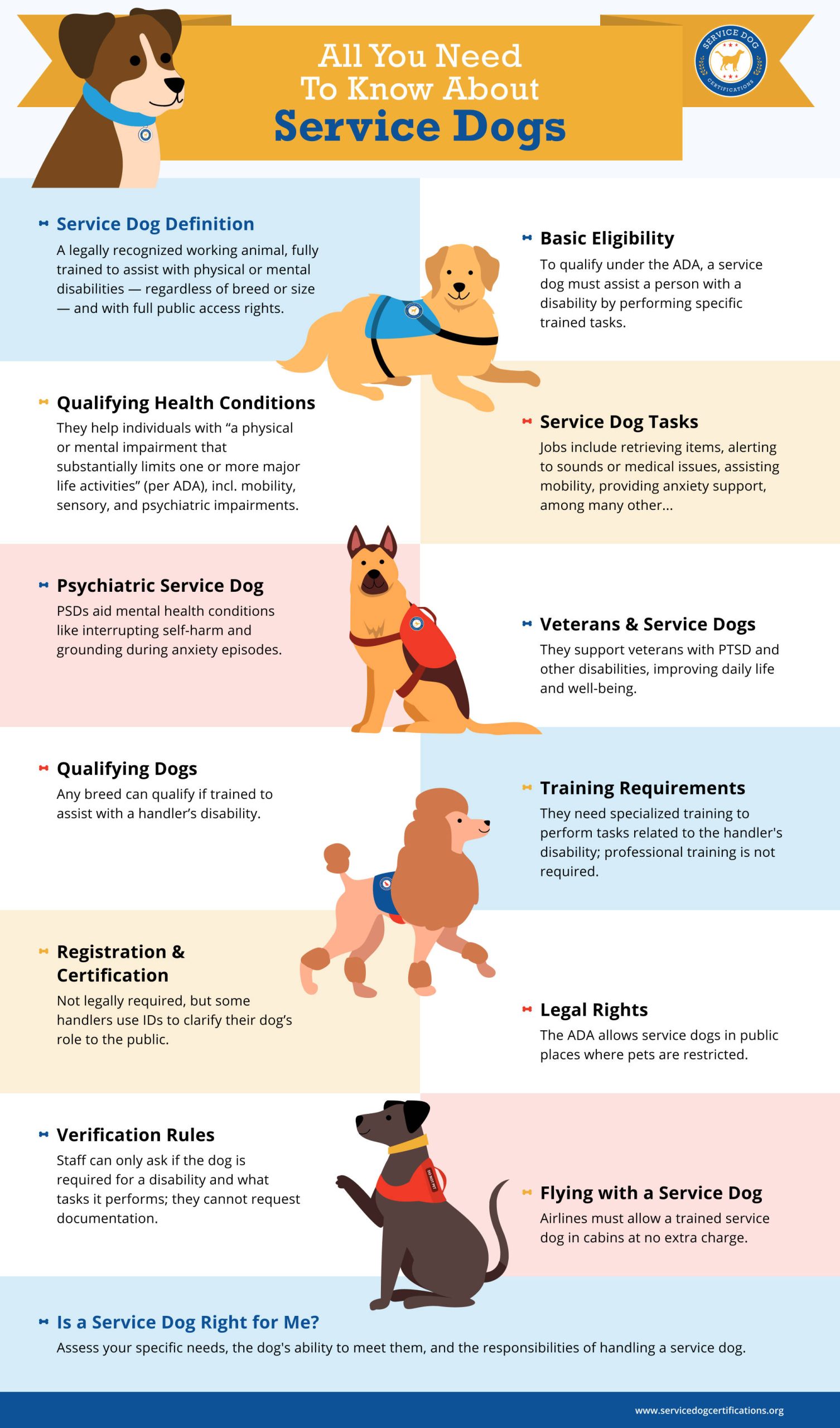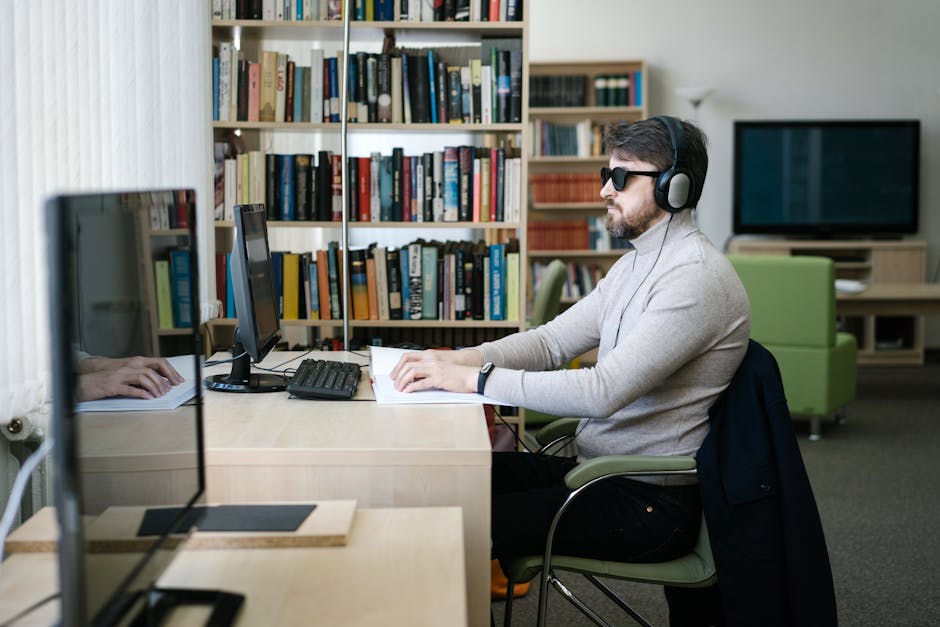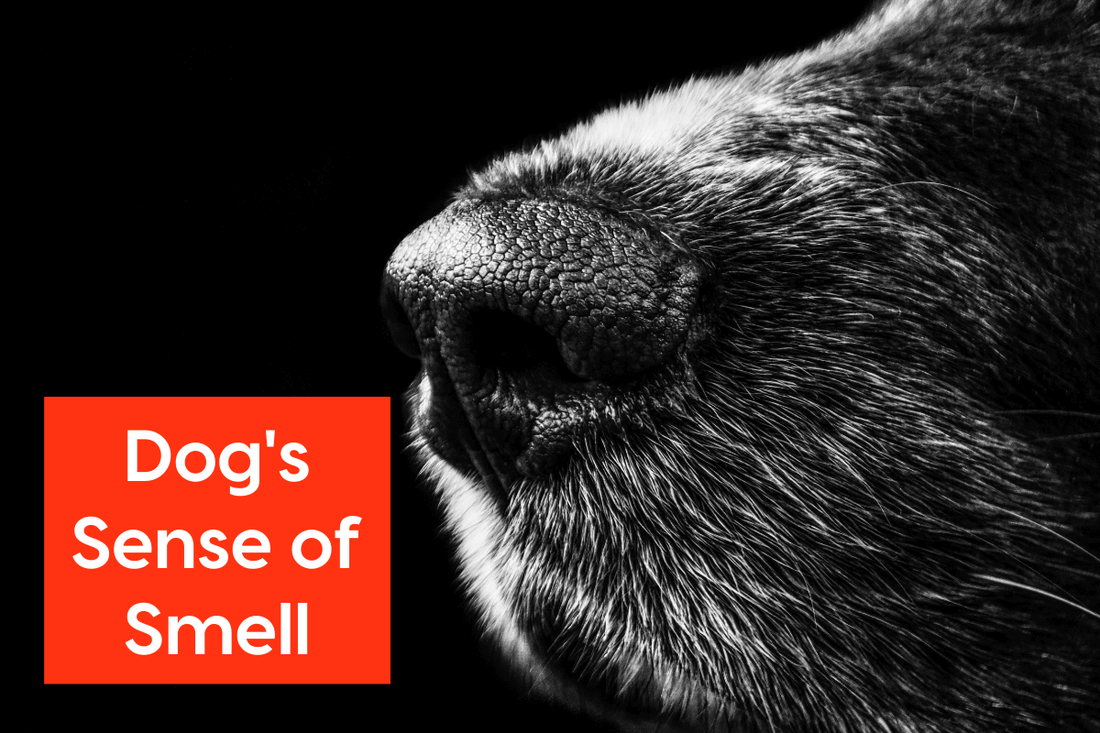Have you ever wondered why dogs can find lost items, sniff out danger, or even sense your mood? Your dog’s sense of smell is truly extraordinary, far beyond what you might expect.
It’s not just about sniffing around; it’s a powerful tool that shapes how your dog experiences the world. You’ll discover what makes a dog’s nose so special and how it impacts their behavior and connection with you. Keep reading to unlock the fascinating secrets behind your furry friend’s incredible smelling abilities.

Credit: www.ohcrap.com.au
Dog’s Nose Anatomy
A dog’s sense of smell is much stronger than a human’s. Their nose is built to catch many scents.
Their nose has special parts that help them detect smells very well. Let’s look at these parts.
Structure Of The Nose
A dog’s nose has two openings called nostrils. These help air enter and leave the nose.
The nose also has a wet surface that helps catch tiny smell particles in the air.
- Nostrils move independently to detect different smells
- Wet nose surface traps scent particles
- Nose shape helps air flow efficiently
Olfactory Receptors
Dogs have millions more olfactory receptors than humans. These receptors detect smells in the air.
Each receptor sends signals to the brain to identify different odors clearly.
- Dogs have about 300 million olfactory receptors
- Humans have about 5 million receptors
- More receptors mean better smell detection
Nasal Cavity Design
The nasal cavity inside a dog’s nose is large and complex. It has many folds and surfaces.
These folds increase the area for scent detection and help separate smells from breathing air.
- Large surface area holds many receptors
- Separate airflow paths for breathing and smelling
- Helps dogs smell even faint odors

Credit: www.pawsibilities.co.uk
How Dogs Smell
Dogs have an amazing sense of smell. It helps them explore the world around them in a way humans cannot.
Their noses can detect tiny particles in the air. This skill allows them to find food, people, and even danger.
Detection Process
Dogs use their noses to pick up smells from the air. They sniff quickly to bring scent particles into their nose.
The inside of a dog’s nose has many folds that trap these particles. This helps the dog smell even very faint odors.
- Dogs take short, fast sniffs to gather scent molecules
- The nose traps these molecules inside
- Air flows out without mixing with trapped smells
Scent Differentiation
Dogs can tell many smells apart. They can even find one smell among many others.
Each scent has a unique pattern of molecules. Dogs recognize these patterns with special cells in their noses.
- Dogs have about 300 million scent receptors
- Humans have only about 5 million
- This allows dogs to separate smells clearly
Role Of The Brain
The dog’s brain processes the scents it detects. This helps the dog understand what the smells mean.
The olfactory bulb in the brain is large in dogs. It handles information from the nose and helps dogs remember smells.
- The olfactory bulb processes scent signals
- It compares new smells to stored memories
- This helps dogs react to their environment
Comparing Dog And Human Smell
Dogs have an incredible sense of smell. It is much stronger than humans’. This ability helps dogs do many tasks like search and rescue.
Humans rely mostly on sight and hearing. Dogs use their noses to learn about the world around them. Let’s look at how their smell compares to ours.
Olfactory Capacity
Olfactory capacity means how well an animal can detect smells. Dogs have a larger olfactory area in their noses than humans. This means they can pick up more scent particles.
Dogs use this ability to sense things far away or hidden. Humans have a smaller olfactory capacity, so they miss many odors that dogs easily notice.
Number Of Receptors
Olfactory receptors detect different smells. Dogs have about 300 million of these receptors. Humans have only about 5 million. This huge difference lets dogs smell better.
- Dogs: 300 million receptors
- Humans: 5 million receptors
More receptors mean dogs can identify many more scents than humans. This helps them track scents and find objects.
Scent Sensitivity
Scent sensitivity means how well a nose can detect tiny smells. Dogs can smell scents diluted up to 100 million times. Humans cannot detect such faint smells.
This high sensitivity helps dogs detect hidden dangers, food, or even diseases. Humans rely less on smell because their sensitivity is much lower.
Practical Uses Of Dog’s Smell
Dogs have an amazing sense of smell that helps people in many ways. Their noses are far better than humans’ noses.
Dogs use their smell to help find people, detect health problems, and track animals or objects.
Search And Rescue
Dogs can find missing people by smelling their scent. They work in natural disasters and accidents.
They can follow a faint trail for hours, even days, to find someone lost or trapped.
- Locate lost hikers in forests
- Find victims after earthquakes
- Search for people in avalanches
Medical Detection
Dogs can detect diseases by smelling changes in a person’s body odor or breath. This helps doctors.
They can sense early signs of illness before symptoms appear, making health checks faster.
- Detect diabetes by smelling blood sugar changes
- Sense cancer through breath or skin odors
- Alert to seizures before they happen
Tracking And Hunting
Dogs help hunters and law enforcement by tracking animals or people. Their noses find scents on the ground.
They can follow trails that are hours or days old to find targets or evidence.
- Track game animals for hunters
- Find lost pets or wildlife
- Help police track suspects or missing persons
Training Enhances Smell Skills
A dog’s sense of smell is much stronger than a human’s. Training helps dogs use this sense better. It teaches them to find specific scents.
With practice, dogs become more skilled at detecting smells. Training builds their confidence and sharpens their natural abilities.
Scent Training Techniques
Scent training starts with simple exercises. Dogs learn to recognize one smell at a time. Trainers use treats or toys as rewards.
Different techniques include scent discrimination and tracking. These help dogs find hidden objects or follow a trail.
- Introduce one scent in a controlled area
- Use positive reinforcement for correct responses
- Gradually increase difficulty with more scents
- Practice in various environments to build focus
Improving Accuracy
Accuracy improves with repetition and clear commands. Trainers keep sessions short to avoid tiring the dog. Consistency is key to success.
Refining accuracy also involves ignoring distractions. Dogs learn to focus only on the target scent during training.
- Use clear and simple cues
- Reward precise identification of scents
- Train in different places to reduce distractions
- Monitor the dog’s behavior to adjust training
Specialized Dog Roles
Many dogs use their smell skills in special jobs. Police dogs find drugs and explosives. Search and rescue dogs locate missing people.
Other dogs work in medical fields. They detect diseases or alert to changes in health. Their training is tailored to each role.
- Detection dogs for law enforcement
- Search and rescue dogs in disaster zones
- Medical alert dogs for health monitoring
- Conservation dogs tracking wildlife or invasive species
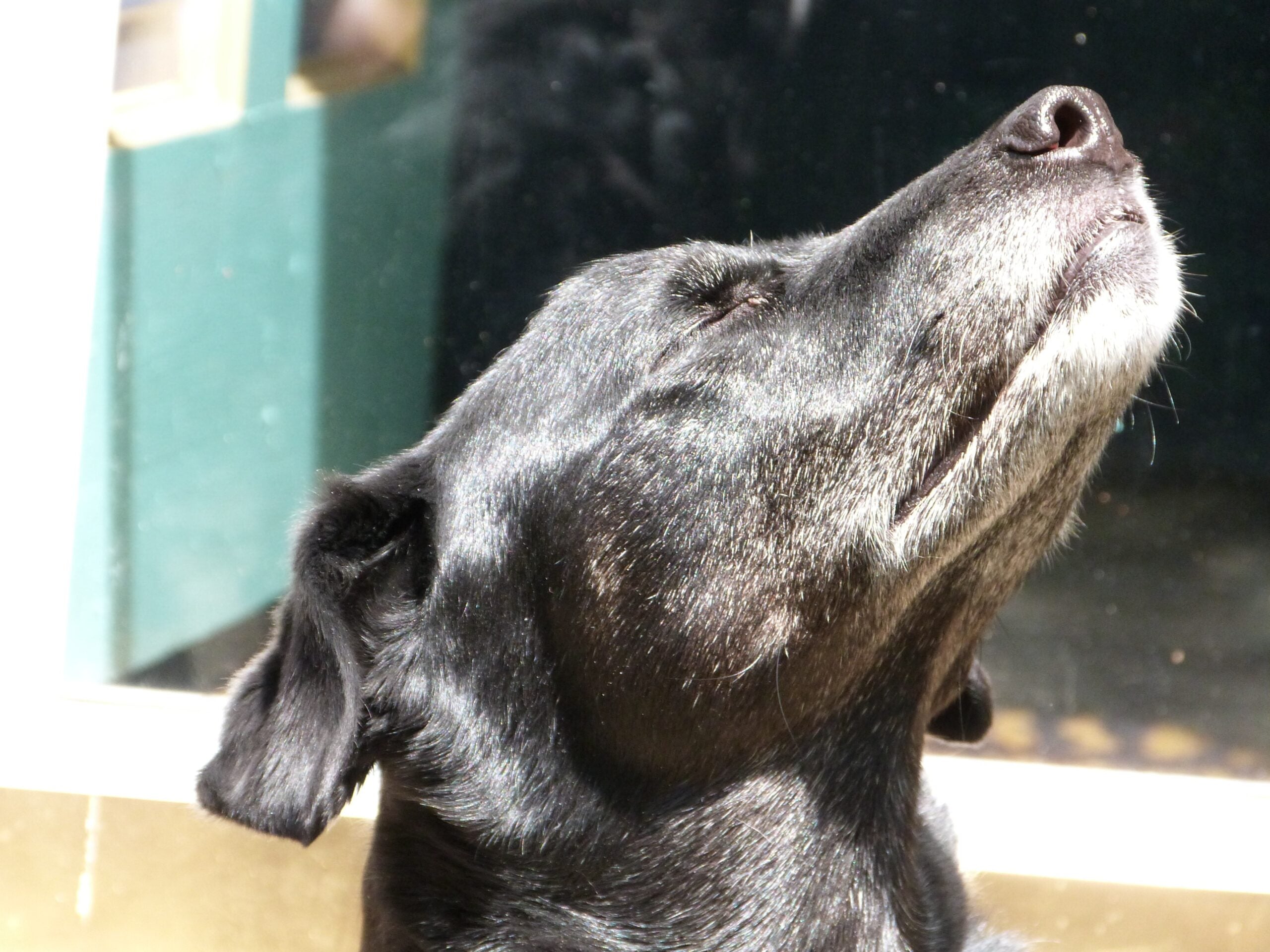
Credit: www.ohcrap.com.au
Scientific Discoveries
Dogs have a very strong sense of smell. Scientists study how dogs use their noses. These studies help us learn how dogs detect scents.
Research shows dogs can smell things humans cannot. Their noses have many special features that help them do this.
Research On Canine Olfaction
Scientists found dogs have about 300 million scent receptors. Humans only have about 5 million. This makes dogs much better at smelling.
Dogs use different parts of their brain to process smells. Studies show their brains work hard to understand scents. This helps them identify specific odors.
New Applications
Dogs now help in many fields using their smell. They find missing people in disasters. They detect diseases like cancer by smelling breath or skin.
Dogs also help police find drugs and explosives. Their skills make many jobs safer and faster.
- Search and rescue missions
- Medical diagnosis
- Law enforcement support
- Environmental detection
Technological Innovations
Technology is trying to copy dogs’ sense of smell. Scientists build devices called electronic noses. These devices detect chemicals in the air.
Robots with scent sensors can help find gas leaks or explosives. These tools improve safety in many places.
- Electronic noses for chemical detection
- Robots with scent sensors
- Improved safety in industries
Evolution Of Dog’s Smell
A dog’s sense of smell is much stronger than humans’. It has developed over thousands of years. This sense helps dogs survive and do many tasks.
Understanding how dogs’ noses evolved shows why they are great at smelling. Their sense of smell is special because of natural changes over time.
Natural Selection
Natural selection helped dogs have a strong sense of smell. Dogs with better noses found food easier. They lived longer and had more puppies.
Over many generations, dogs with sharp noses became common. Their noses grew more sensitive to smells in the environment.
Adaptation Benefits
Dogs adapted to use their sense of smell for many benefits. They can track prey, find danger, and communicate with other dogs.
Smelling helps dogs find food and stay safe. It also helps them find lost people or objects for humans.
- Detects food and water sources
- Warns about predators or threats
- Helps in social communication
- Aids in hunting and tracking
Historical Importance
Dogs’ sense of smell has helped humans for thousands of years. Early humans used dogs to hunt and guard their homes.
Dogs’ noses also helped in farming and finding lost animals. Their smell played a key role in human survival and success.
Frequently Asked Questions
How Strong Is A Dog’s Sense Of Smell?
A dog’s sense of smell is 10,000 to 100,000 times stronger than humans. They have up to 300 million olfactory receptors. This allows them to detect scents at incredibly low concentrations and differentiate complex odors with high precision.
Why Do Dogs Have A Better Nose Than Humans?
Dogs have a larger olfactory bulb and more scent receptors. Their noses are designed to trap scent particles efficiently. This biological advantage enhances their ability to detect and analyze smells far beyond human capability.
How Do Dogs Use Their Sense Of Smell Daily?
Dogs use their sense of smell to explore environments, communicate, and hunt. It helps them identify people, track scents, and detect danger. Their nose plays a crucial role in their survival and interaction with the world.
Can Dogs Detect Diseases Through Smell?
Yes, dogs can detect diseases like cancer and diabetes. They sense chemical changes in human bodies through odors. This ability is being researched for medical diagnostics and early disease detection.
Conclusion
Dogs have an incredible sense of smell. This ability sets them apart. Their noses detect scents humans can’t even imagine. From tracking lost items to detecting medical conditions, dogs excel. Their noses possess up to 300 million scent receptors. That’s a lot compared to humans’ mere 5 million.
Each sniff provides them with detailed information. It’s like a detective solving a mystery. Their sense of smell is a vital tool. It helps them understand the world around them. Truly, dogs’ noses are remarkable. Next time you see a dog sniffing, remember its superpower.
It’s one of nature’s wonders.

